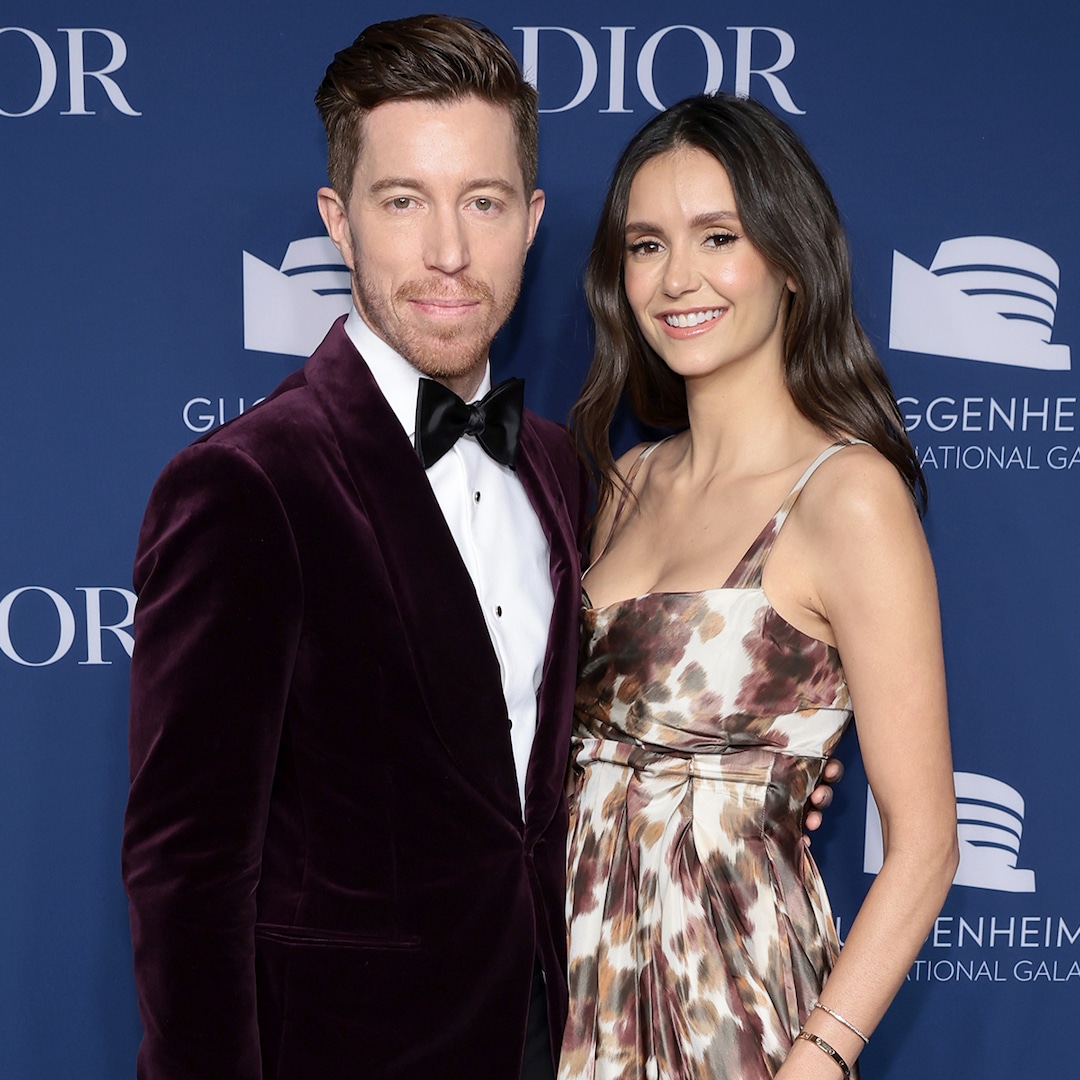Culture
Review: Turning a Dance Spotlight on the Painter Juan de Pareja

Eduardo Vilaro’s latest dance for Ballet Hispánico is about a 17th-century artist who, in recent years, has come into his own. Juan de Pareja was enslaved by the Spanish painter Diego Velázquez for more than two decades. During a trip to Italy, Velázquez painted a portrait of Pareja, who was also his studio assistant, showing an Afro-Hispanic man shrouded by darkness, but with an open, unwavering gaze.
Those eyes, looking out to an unjust world, are sharp and alive. The portrait was a sensation; it now hangs at the Metropolitan Museum of Art. (Months after it was completed, Velázquez signed a document granting Pareja his freedom.) Last year, Pareja was the subject of an exhibition at the Met; this year, Vilaro, the artistic director of Ballet Hispánico, honors him with a somber work of dance theater, “Buscando a Juan,” or “Looking for Juan,” which had its premiere on Thursday at New York City Center.
The dance explores, in part, the power play between Velázquez and Pareja. What would it have been like, Vilaro seems to ask, to have been both enslaved and a master painter’s assistant?
The title is apt. There are many ideas swirling around “Buscando,” but at its core it seems to be about a search for artistic identity and the struggle and faith it takes to find it. Beyond that, “Buscando,” which tends toward the opaque, has less of an anchor. It’s flooded with unison choreography that, however robust, becomes repetitive as dancers crouch on the floor and fly across the stage in sweeping jumps, adding a quick kick or an imploring reach. These group moments hint at religious fervor, but also sometimes wash across the stage like generic dance phrases, articulately performed yet disconnected to Osvaldo Golijov’s music.
The physicality between Leonardo Brito as Pareja and Antonio Cangiano as Velázquez is more intense. At the start, when Cangiano is inspecting Brito on a dimly lit stage — turning his head in profile, lifting an arm — he is clearly in charge. But when they become entangled in a duet, trading strength and resistance in sculptural balances and lifts, the notion of who is in control becomes less obvious and a sense of vulnerability seeps in for each.
As Pareja, Brito’s silhouette is powerful, especially when Vilaro places him in the middle of dancers, frozen in place as if caught in a frieze. Brito also dances a duet with Cori Lewis, a religious or guardian angel figure who seems to be pushing him to embrace and own his artistic destiny.
But details in this dance drama are elusive, and its foundation, which felt promising in the early duet between the two men, loses its footing as more scenes elapse. In the end, Brito arrives as the ensemble stands frozen around him. Finally, he too is still, his arms outstretched; as the curtain falls, the stage resembles an icon, a hazy one at that.
Thursday night was largely a celebration: The premiere took place in conjunction with Ballet Hispánico’s Quinceañera Gala honoring Vilaro’s 15th year as the company’s artistic director. A former member, Vilaro took the reins from Tina Ramirez, its charismatic founder, a Venezuelan-born dancer and choreographer.
Born in Cuba and raised in the Bronx, Vilaro introduced some of the dances — mainly excerpts — by revealing, endearingly, what they meant to him. The jazzy, exuberant “Recuerdo de Campo Amor,” by Talley Beatty, was the first dance he performed with the company in 1985. The costumes, including flowing, bright dresses for the women, he said, were the originals.
Then came two duets, including one from Annabelle Lopez Ochoa’s “Doña Perón,” the company’s first evening-length work, which tells the story of Eva Perón. Amanda del Valle as Eva and the American Ballet Theater principal Herman Cornejo as Juan Perón brought some steam to the stage. In Pedro Ruiz’s “Pas de O’Farrill,” set to music by Arturo O’Farrill, the dancers Cangiano and Amanda Ostuni have a rhythmic advantage and more varied choreography — memorably in a sweetly flashy spin: Cangiano holds Ostuni as she leans down, positioned away from him, in a deep penché arabesque and manages to twist her until she faces him, still swirling.
The loveliest moment came when advanced members of Ballet Hispánico’s school spread across the stage in Michelle Manzanales’s “Con Brazos Abiertos,” or “With Open Arms,” a playful look at her childhood — the soundscape includes Cheech & Chong — as a Mexican American growing up in Texas. The dancers, wearing sombreros (adorable) and zipping in and out of formations with Busby Berkeley flair, had not only heart — that’s to be expected — but skill. Manzanales is the director of the school. Clearly they wanted to show her off, and they did.
Ballet Hispánico
Through Sunday at New York City Center, Manhattan; nycitycenter.org.





















